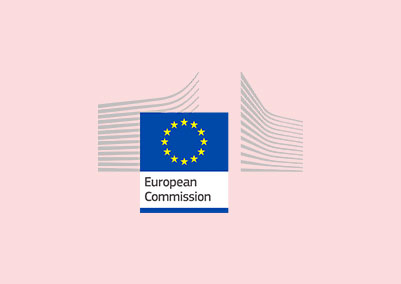A Milestone for European Medical Device Continuity
Yesterday, November 13, the European Commission (EC) took a significant step towards enhancing patient safety by publishing the Commission Regulation (EU) 2023/2482 amending Regulation (EC) No 1907/2006 of the European Parliament and of the Council as regards the substance bis(2-ethylhexyl) phthalate (DEHP) in medical devices.The amendment aligns the sunset date for Di(2-ethylhexyl) phthalate (DEHP) in medical devices with the transitional periods specified in the Medical Device Regulation (MDR). The sunset date of DEHP was originally set for May 2025. The amending regulation sets the sunset date for uses in medical devices as July 1, 2030, within the scope of Regulations (EU) 2017/745 and (EU) 2017/746.
This critical measure is intended to safeguard continuity of care for PVC-based medical devices, chief among which are blood bag sets, in a challenging global context. It achieves this by allowing the continued supply of blood bag sets until conformity assessments for DEHP-free devices are completed.
The regulation shall enter into force on the day following that of its publication in the Official Journal of the European Union and will apply to the European Economic Area (EEA), ensuring a consistent and harmonised approach across the European Union.
Navigating the Transition: A Shift to DEHP-Free Blood Bag Sets in the European Union
In the EU, there are approximately 1,400 blood establishments that collectively utilize over 18 million blood bags annually. While a significant portion of these blood bag sets are produced within the EU, a substantial 20% to 30% are imported. Historically, these critical medical supplies have predominantly been crafted from PVC containing DEHP. However, the industry is currently striving to develop DEHP-free alternatives.
This undertaking involves significant challenges, such as the need to reclassify blood bag sets according to the MDR. This reclassification is prompted by the shift of blood bag sets containing anticoagulant solutions from class IIb to class III, which entails a stricter regulatory classification. It also encompasses navigating a complex regulatory environment shaped by various directives and upcoming regulations, the requirement for national validation of non-DEHP sets, operational difficulties exacerbated by the COVID-19 pandemic, and the complex logistics of manufacturing both DEHP and non-DEHP products. Therefore, the BTA welcomes the decision to align the expiration date for DEHP to the MDR transitional period. This alignment will enable thorough evaluations and validation processes of around 18 million blood bag sets to non-DEHP materials. Advantages of this alignment include substantiating and therefore securing patient safety while deploying the plasticiser change and preventing potential shortages of blood bag sets. Furthermore, it ensures that all non-DEHP blood products undergo the required validations at both national and local levels.
This development signifies a substantial milestone in the BTA’s unwavering commitment to maintaining the highest safety standards in blood transfusion practices throughout the EEA and a continuous supply of blood. The BTA members remain committed to safeguarding the well-being of donors, patients and medical personnel.

